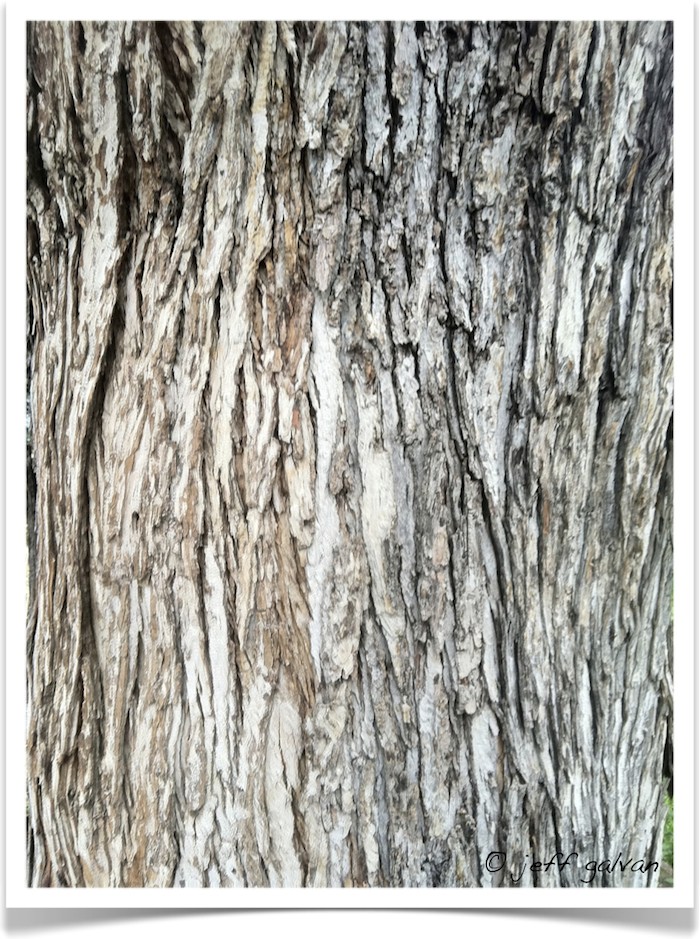
Silver Maple Identify by Bark Boulder Tree Care Pruning & Tree Removal Services
Silver maple is a large shade tree in the Sapindaceae (soapberry) family. It gets its common name from the silvery undersides of its leaves. It is native to eastern North America and is often found in flood plains, along streams or rivers, or low-lying woodlands.
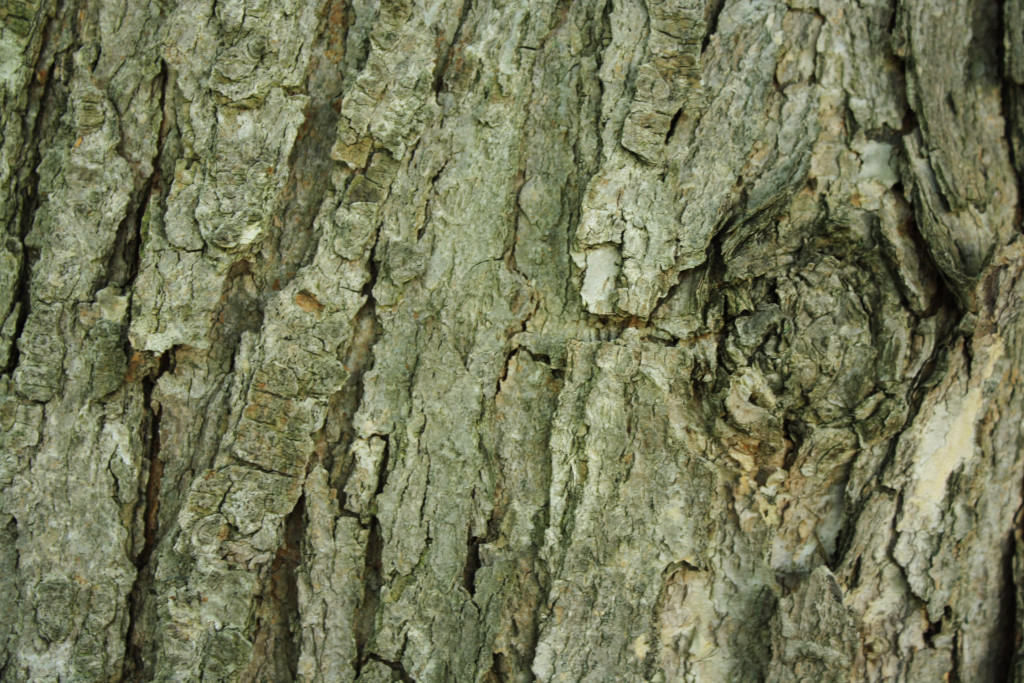
Silver Maple bark 2 — Ontario Native Plant Nursery Container Grown (705)4666290
Near waterways, beavers often eat silver maple bark and use their limbs for building beaver dams and lodges. How to Grow Silver Maple Trees. Hardy in zones 3-9, silver maple tree growth is about 2 feet (0.5 m.) or more per year. Their vase-shaped growth habit can top out at anywhere from 50 to 80 feet (15 to 24.5 m.) tall depending on location.
Red Maple bark falling off 291472 Ask Extension
The Silviculture and Management Bark of the silver maple. Alberto Salguero/Wikimedia Commons/CC BY-SA 3.0 "Silver Maple will grow in areas which have standing water for several weeks at a.
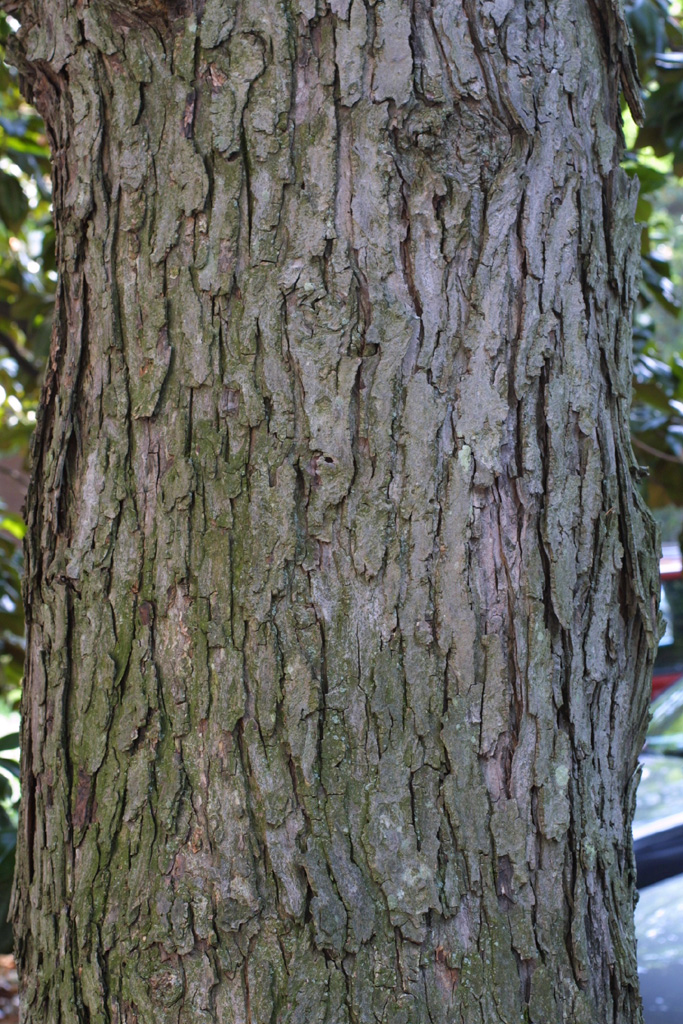
Acer saccharinum (Aceraceae) bark of a large tree
- Silver Maple: Young silver maples have smooth, gray bark that becomes rougher and furrowed with age. The bark often develops long, vertical furrows and ridges. It can have a scaly appearance and may peel in thin flakes. - Sugar Maple: The bark of a sugar maple is typically grayish-brown and develops shallow, narrow furrows as the tree ages.
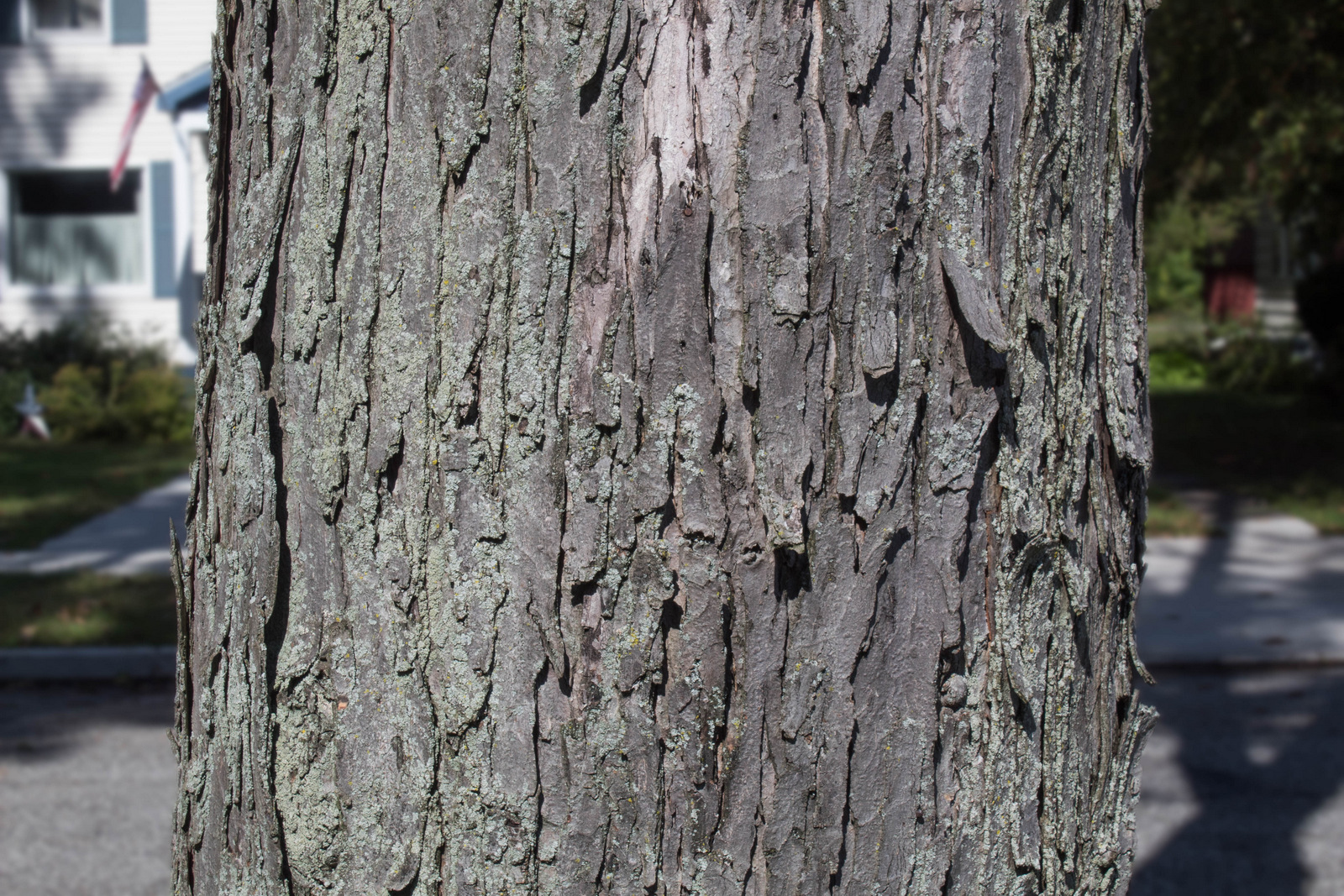
Acer saccharinum
Silver Maple Bark . Silver Maple tree bark is a light gray bark that starts to look "shaggy" as it ages. Silver Maple Tree Leaves . Silver Maple Tree Leaves will have larger cavities or sinuses and indentations. Silver Maple Fall Color .
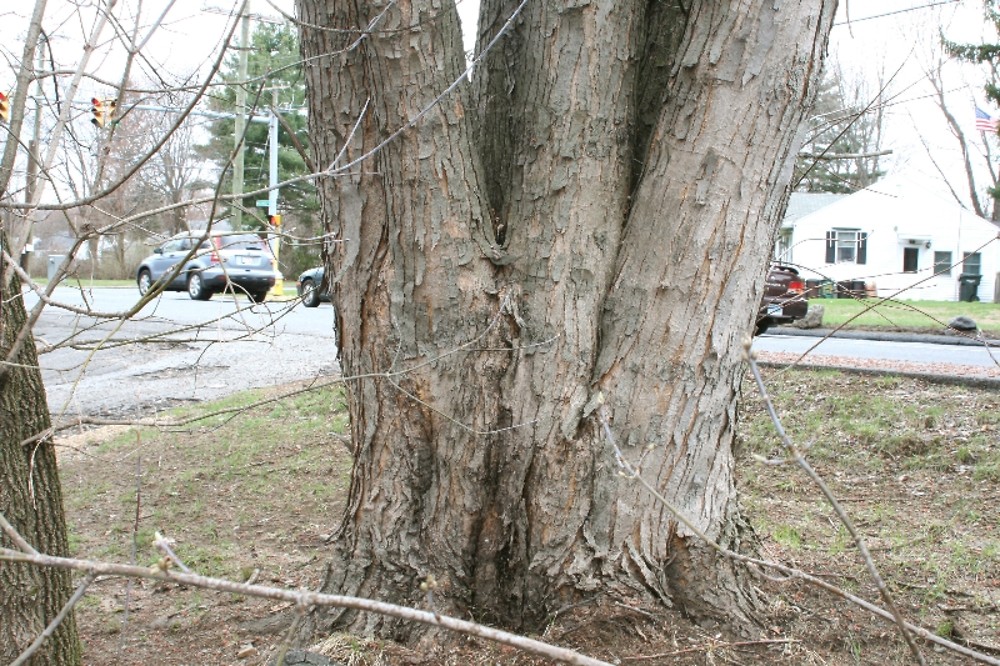
Acer saccharinum (silver maple) Go Botany
The silver maple (Acer saccharinum) is sometimes called the white maple, soft maple, silver-leaf maple, river maple,. Silver maples can be identified by their bark as it is fairly distinct. Older trees will have a grayish bark that will flake off to reveal brown spots. Also, broken twigs will have an unpleasant odor to them.

Tree Identification Acer saccharinum Silver Maple
Width: 35 to 70 ft Common characteristics: Silver maple forms a broad, rounded crown. The bark of young branches will be smooth and varying in color from reddish to yellow-gray. On older branches, bark will appear dark gray and broken into long flakes or scales. Leaves are simple and grow oppositely on the stem.

12.17.11 silver maple bark romana klee Flickr
Silver maple was one of a few species of deciduous trees used as communal roosts by red-winged blackbirds, common grackles, starlings, and brown-headed cowbirds in Ohio [ 41 ]. Silver maple groves and the riparian communities in which silver maple occurs are excellent habitat for wildlife [ 43, 55 ].

Acer saccharinum (silver maple) Go Botany
Description Bark The silver maple tree is a relatively fast-growing deciduous tree, commonly reaching a height of 15-25 m (49-82 ft), exceptionally 35 m (115 ft). Its spread will generally be 11-15 m (36-49 ft) wide. A 10-year-old sapling will stand about 8 m (26 ft) tall.

What causes a silver maple tree's bark to peel?
Full sun Zones 3-9 Maple, Silver Maple, Silver ~ Samaras Maple, Silver ~ Flowers Maple, Silver ~ Leaf Maple, Silver ~ Terminal Bud Maple, Silver ~ Twig Maple, Silver ~ Bark Maple, Silver - Racemes Maple, Silver - Bark and Leaf Silver Maple tree identification. Identifying Acer saccharinum by leaf, bark, flowers, samaras and shape.
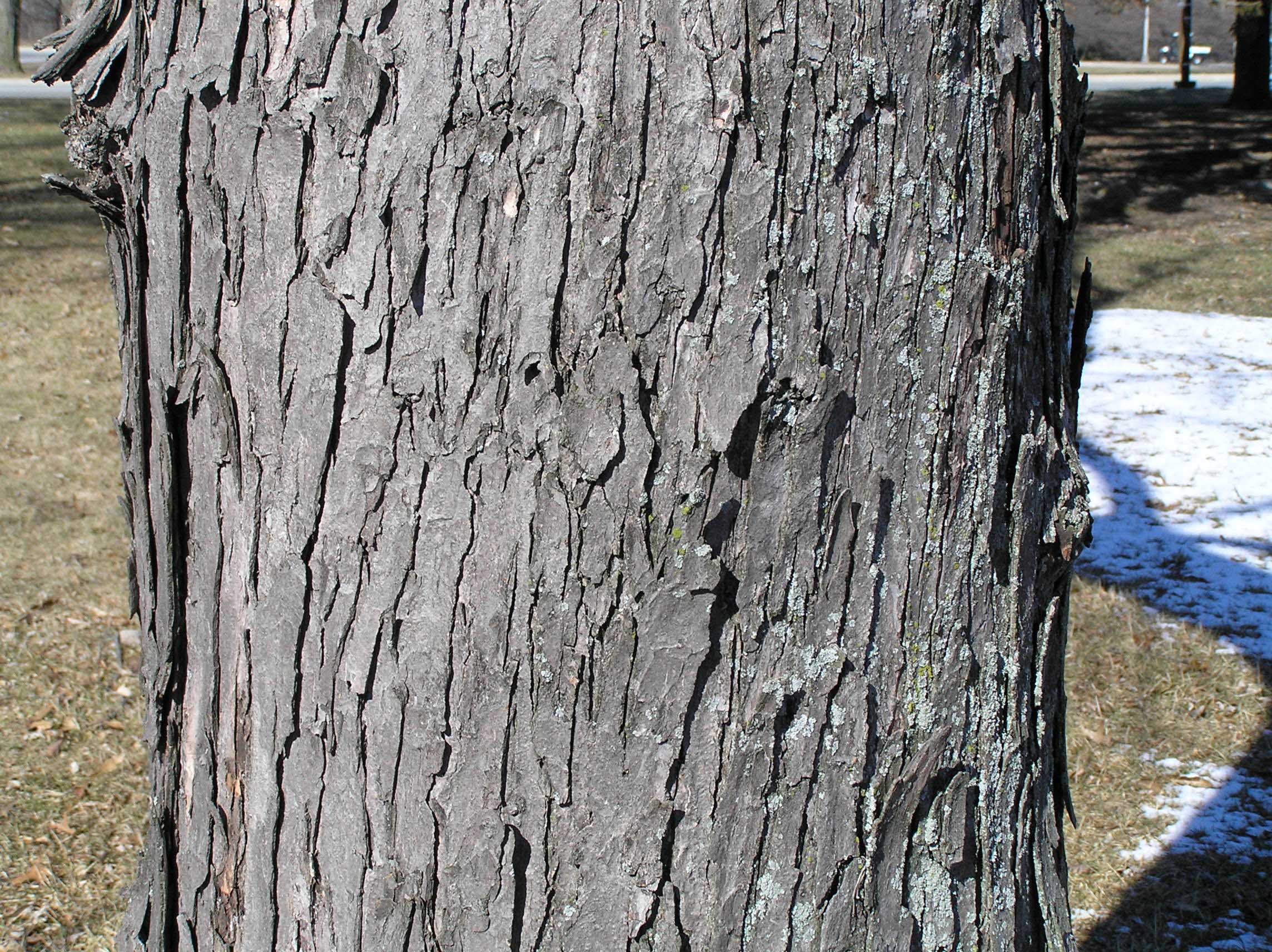
Silver Maple Purdue Fort Wayne
Getty Unless your silver maple (Acer saccharinum) is young or recently injured, don't be worried about its peeling bark. Mature silver maples naturally shed their bark, a process many people find attractive. While shedding is a natural process for a healthy silver maple, injuries can cause splitting and premature peeling of bark.
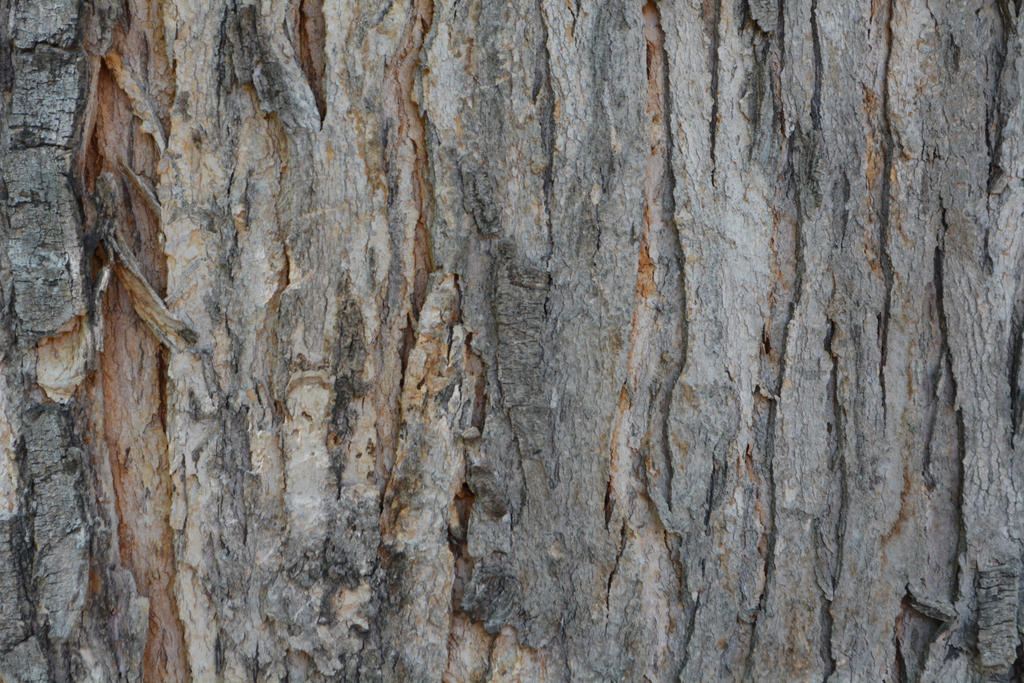
Silver maple bark by Stygma on DeviantArt
Both these trees are wild. So, I created this guide to help you identify the most common Maple Trees in North America. I will include comparisons of the leaves and bark for most major Maple species native to Eastern North America, as well as a couple non-native species that are either invasive or frequently encountered.

"Close Up Of Maple Tree Bark" by Stocksy Contributor "Rialto Images" Stocksy
The Sango-Kaku Japanese maple (Acer palmatum), commonly known as the coral bark maple, named for its winter display of soft coral to bright salmon-colored branches, provides a focal point in the garden to cheer even the gloomiest day. It grows as a small tree reaching about 10-30 feet tall. This tree features bright green palmate leaves spring through summer and yellow to light red foliage in.

Silver maple bark close up February 2019 YouTube
1. Burr Knots and Galls Both burr knots and galls look like strange, sickly-looking lumps on tree trunks or branches… but there's a bit more to them than that. Burr knots actually form from small adventitious roots or bud tissues that don't quite form shoots, and tend to grow in warm, humid conditions.

VAL01 Silver Maple (Acer saccharinum) Watershed TreeCaching
Here are 9 reasons why silver maples can often be a nuisance: Since it is fast-growing, the wood is softer and more brittle than that of a slow-growing hardwood tree. The tree is easily damaged on windy days and does not fare well in heavy snow or when coated in ice by freezing rain. Downed branches are common and a regular chore to dispose of.
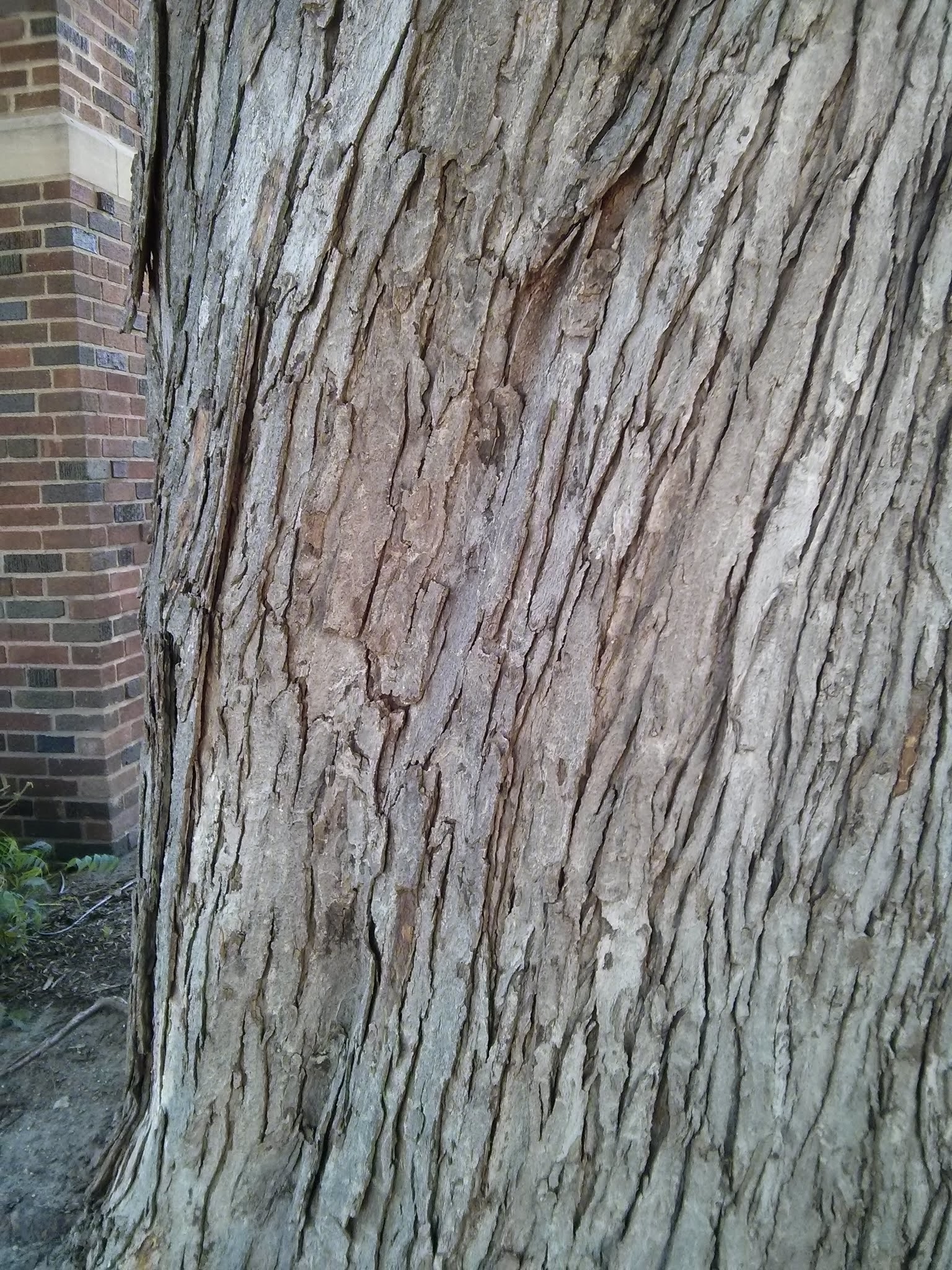
SILVER MAPLE ACER SACCHARINUM The UFOR Nursery & Lab
Silver maple bark is often thin and peeling. Photo by Pablo Alberto Salguero Quiles. Silver maple trees grow to be 60-120 ft. tall and can live for 130 years or longer. They generally have short, thick trunks with spreading, irregular crowns of branches.. Silver maple seeds are primarily dispersed through wind, occasionally moving through.